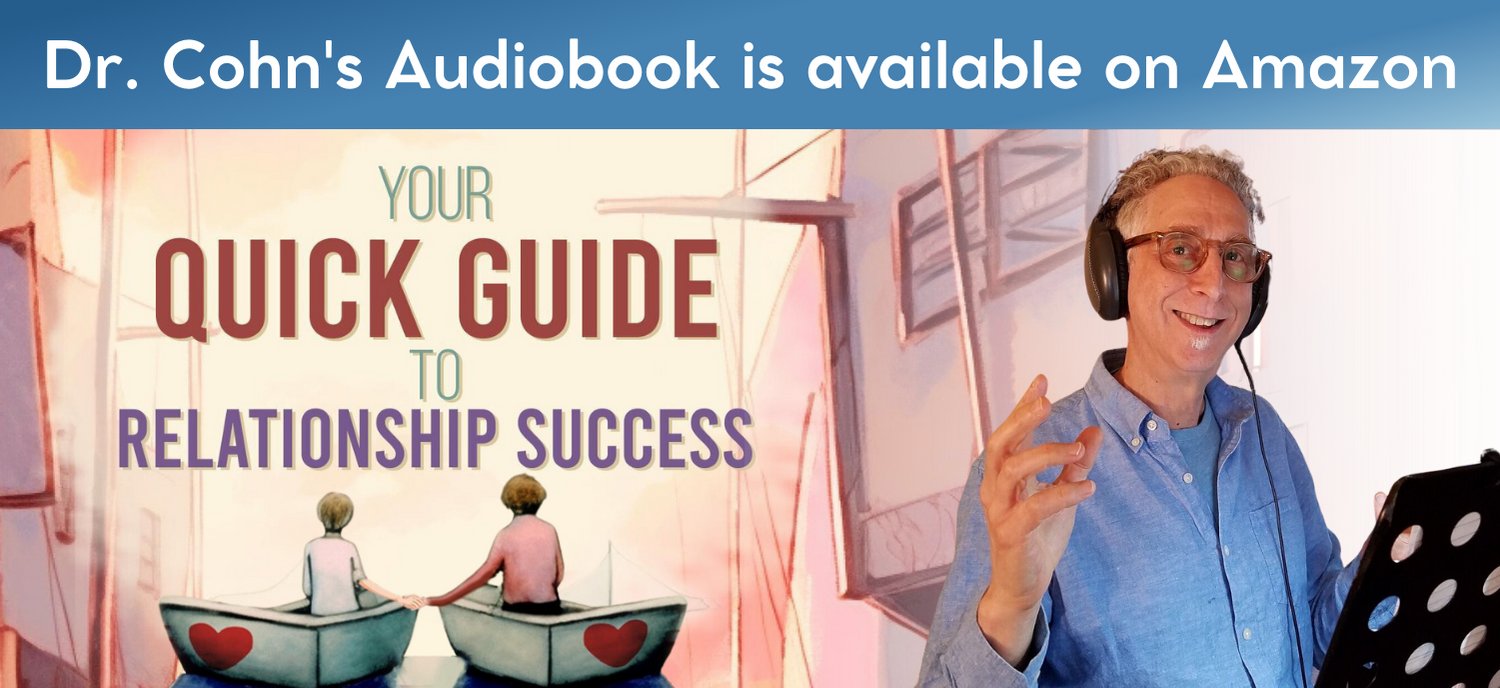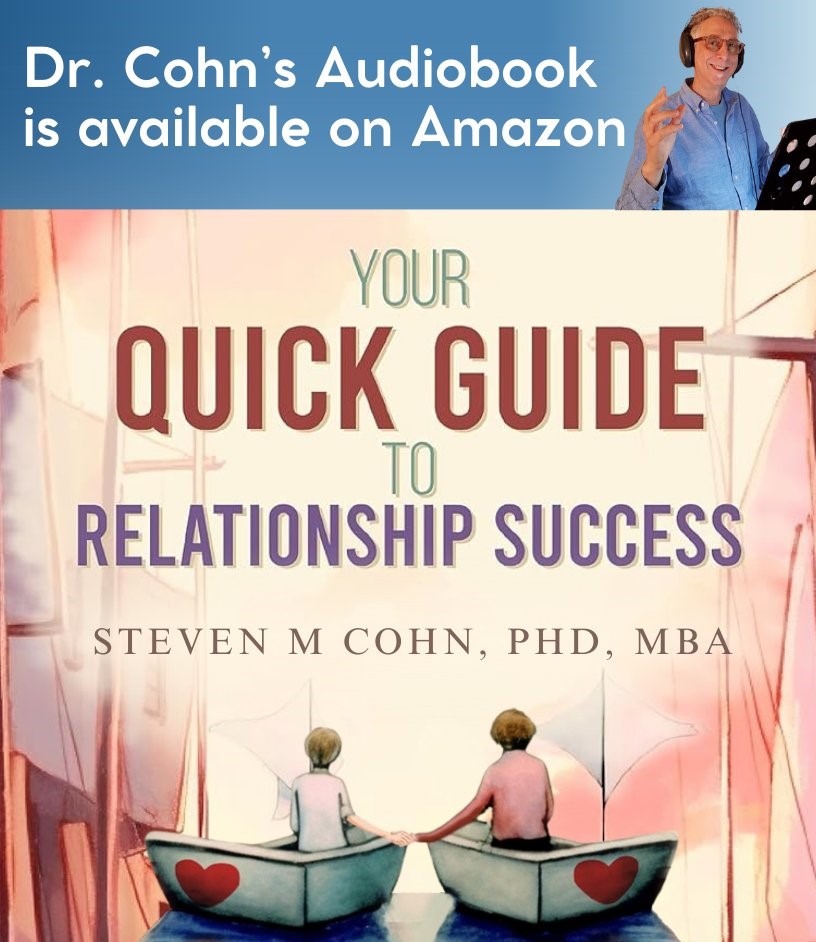- Home
- Second Marriages
- With Children
Second Marriage With Child
If you are considering entering a second marriage with child, you likely have some questions about how a blended family works and the issues your children may face. Entering any second marriage is stressful, but a second marriage with child introduces another element to the equation and gives you another issue about which to worry.
Steven M Cohn, PhD, LMFT
Virtual Marriage and Couples Counseling
Serving Clients Throughout Oregon
503-282-8496

As a mother, one question you may have is whether or not your new husband will be adequately interested in and engaged with your children.
A study of 2,531 children showed that “biology explains less of father involvement than anticipated.” The authors note that the age of the child, child support to other children, and whether or not the couple marries (as opposed to simply co-habitating) are much more important determinants of whether or not a step-father will participate warmly with his new wife’s children.(1)
And there’s yet more good news for those of you worried about creating a second marriage with children! One recent study showed that family structure has little effect on young children’s achievement test scores.(2) However, there is some disagreement on this point. In a different study, researchers found that children raised in blended families often had worse educational outcomes than those raised in their traditional nuclear families.(3)
So, which study about second marriage with children should you believe? The answer is, it depends. A further study may help you to see what helps and hurts kids, particularly adolescents, who live in blended families. In this study, researchers looked at the moderating effects of several factors when children received less parental support and monitoring at home. They found that children of divorced and blended families rely on the same factors – i.e. peer support, school attachments, and neighbor support – as did intact families.(4)
Taken together, these studies seem to suggest that a second marriage with children will have the best outcome if the second marriage is formalized (as opposed to common law), if the step-father has relatively few children from previous marriage(s), and if the child has support from his peers, his school, and caring neighbors. On the other hand, outcomes may be worse in situations where the blended family moves to a new location, leaving the children adrift without old friends and supportive neighbors.
If you are trying to decide whether or not to enter into a second marriage with children, it pays to do your research. One possible source of information is a family and relationship therapist, who may be able to help you see the possible pitfalls before they take you by surprise. Another source is Web sites such as HelpGuide.org Second Marriage With Child which has an entire section dedicated to blended families.
One final note: children are amazingly able to adjust to many
different situations. In a recent study of over 100 children in New
Zealand, researchers examined the perceptions of children from
lone-parent families, blended families, extended families,
non-residential parent families, and couples with children. What they
found was that a child’s concept of family is remarkably similar in any
of these structures. These children, as well as a comparison group of
adolescents, all defined their families using inclusive terms based more
on the emotional bonds they experienced rather than by worrying about
the legal structure of the family.(5)
End Notes
(1) Hofferth, Sandra L and Anderson, Kermyt G. Are All Dads Equal? Biology versus Marriage as a Basis for Paternal Investment. Journal of Marriage and Family 65(1): 213-232, February, 2003.
(2) Gennetian, Lisa A. One or Two Parents? Half or Step Siblings? The Effect of Family Structure on Young Children’s Achievement. Journal of Population Economics 18(3): 1432-1475, September, 2005.
(3) Pollak, Robert A. and Ginther, Donna K. Does Family Structure Affect Children’s Educational Outcomes? (April, 2003). NBER Working Paper Series, Vol. w9628, pp. -, 2003. Available at SSRN: http://ssrn.com/abstract=396688
(4) Rodgers, K.B. and Rose, H.A. Risk and Resiliency Factors among Adolescents Who Experience Marital Transistions. Journal of Marriage and Family 64(4): 1024 – 1037. November, 2002.
(5) Rigg, Andrea and Pryor, Jan. Children’s Perception of Families: What Do They Really Think? Children and Society 24(1): 17-30. 2007.
Share
Follow

Steven M Cohn, PhD is honored to have been featured on CNBC.com.

Steven M Cohn, PhD is pleased to have been featured on Koin 6 Television: "Boost In The Bedroom."

Steven M Cohn, PhD is pleased to have been featured on both KATU.com and KATU Channel 2 Television.

Steven M Cohn, PhD is pleased to have been featured on Oregon Live "Why Oregon's Latest Divorce Statistics May Be Divorced From Reality"

Steven M Cohn, PhD, MBA, LMFT has been named one of the top three marriage counselors in Portland, Oregon three years in a row by the non-profit organization Three Best Rated



